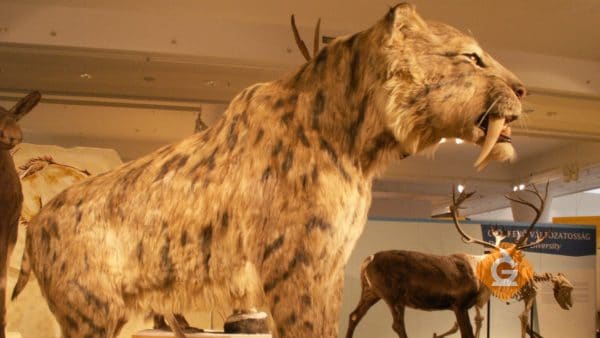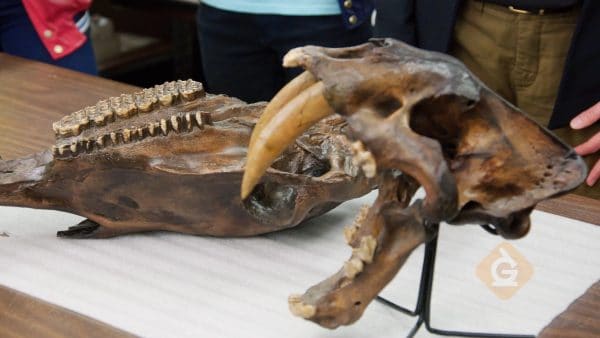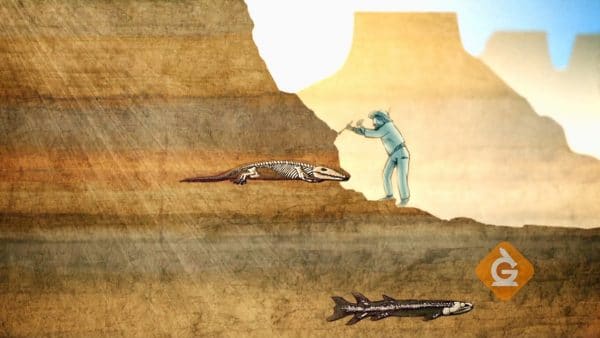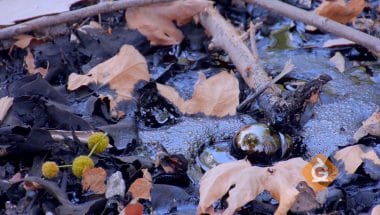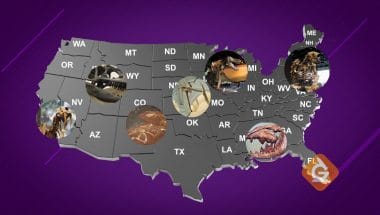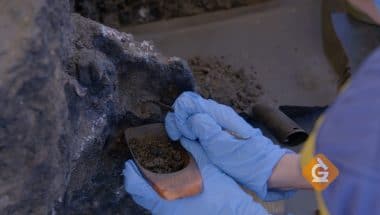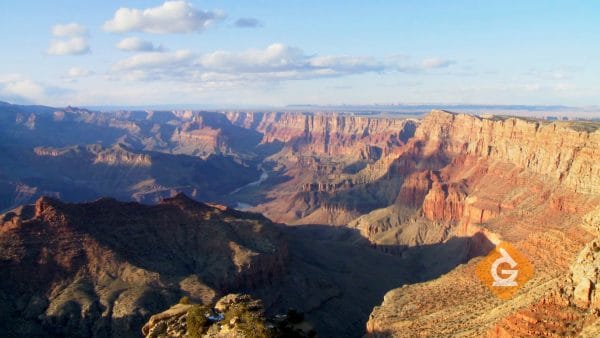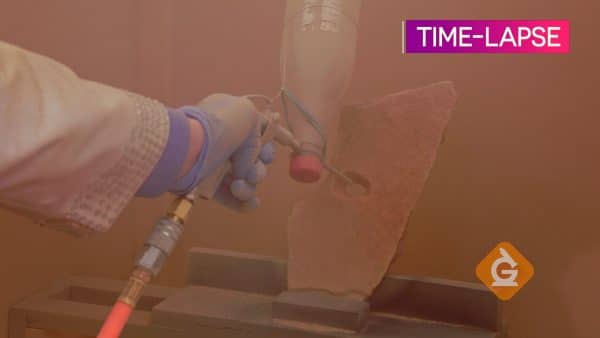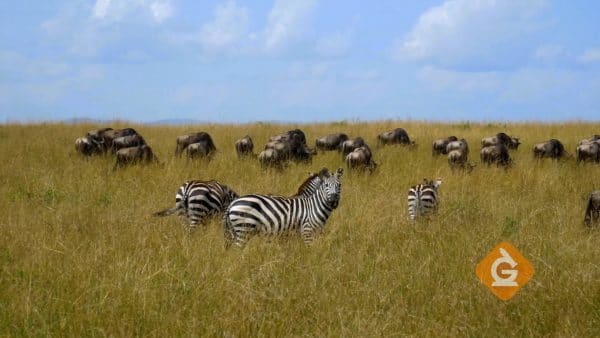Many fossils have been discovered at the La Brea Tar Pits in Los Angeles, California. Ancient animals got stuck and were preserved as fossils in asphalt pits, thousands of years ago.
A fossil is the remains or traces of prehistoric life.
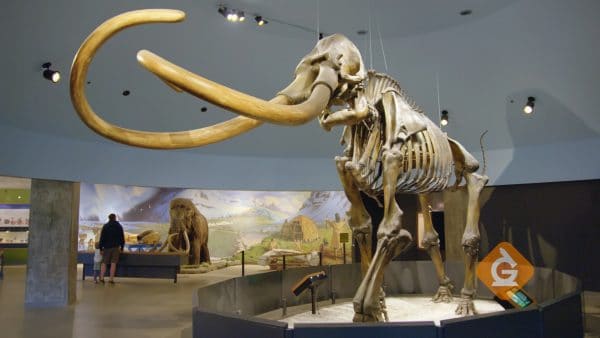
Fossils are the preserved remains of an animal, such as the animal’s bones, or impressions of the animal’s activities, such as footprints. Even poop can be considered a fossil.
It’s important to remember that plants can be fossils too!
Fossils can be found all over the world, however, there are areas that have a lot more fossils than other areas.

